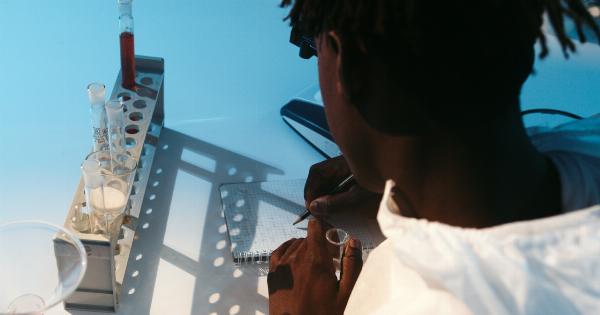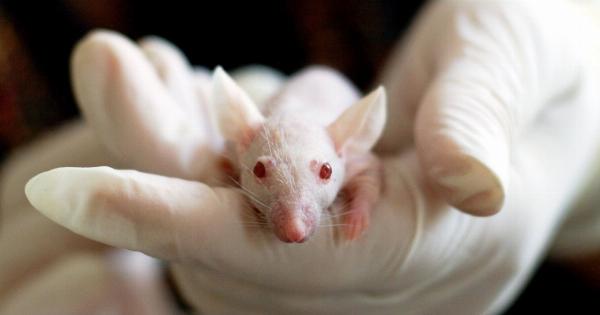If you or a loved one have ever experienced pain or discomfort in their back, it may be due to a spinal disorder. Spinal disorders refer to any condition that affects the spine or spinal cord, resulting in pain, discomfort, or limited mobility.
These disorders can be due to injury, disease, or simply age-related degeneration. This article will describe some of the most common spinal disorders, their causes, and their treatments.
Herniated Disc
A herniated disc occurs when the outer layer of a spinal disc tears, allowing the inner layer to bulge out. This can put pressure on the surrounding nerves, causing pain, numbness, or weakness.
Herniated discs can occur anywhere in the spine, but are most common in the lower back. Causes can include repetitive motions, heavy lifting, or sudden trauma. Treatment can include physical therapy, pain medication, or in severe cases, surgery.
Spinal Stenosis
Spinal stenosis occurs when the spaces within the spine narrow, putting pressure on the spinal cord and nerves. This can cause pain, tingling, or weakness in the arms or legs.
Spinal stenosis is typically caused by age-related wear and tear, but can also be caused by injury or disease. Treatment can include pain medication, physical therapy, or in severe cases, surgery.
Scoliosis
Scoliosis is a disorder where the spine curves to the side. This can cause back pain, limited mobility, or breathing difficulties if the curve is severe.
Scoliosis can be caused by a variety of factors, including genetics, neuromuscular conditions, or birth defects. Treatment can include braces or surgery, depending on the severity of the curve.
Spinal Fracture
A spinal fracture occurs when a vertebra in the spine breaks or cracks. This can be caused by trauma, such as a fall or car accident, or by weakened bones due to osteoporosis. Treatment can include rest, pain medication, or in severe cases, surgery.
Sciatica
Sciatica is a condition where the sciatic nerve, which runs from the lower back down the leg, becomes compressed or irritated. This can cause pain, numbness, or tingling in the leg.
Sciatica can be caused by a herniated disc, spinal stenosis, or other conditions that put pressure on the nerve. Treatment can include pain medication, physical therapy, or in severe cases, surgery.
Spondylitis
Spondylitis is a condition where the vertebrae in the spine become inflamed, causing pain and stiffness. Spondylitis can be caused by an infection, immune system disorder, or genetics.
Treatment can include pain medication, physical therapy, or in severe cases, surgery.
Disc Degeneration
Disc degeneration occurs when the spinal discs between the vertebrae begin to wear down or break down. This can cause pain, stiffness, or limited mobility. Disc degeneration is a normal part of aging, but can also be caused by injury or disease.
Treatment can include pain medication, physical therapy, or in severe cases, surgery.
Myelopathy
Myelopathy is a condition where the spinal cord becomes compressed or irritated, causing pain, stiffness, or weakness in the arms or legs.
Myelopathy can be caused by spinal stenosis, a herniated disc, or other conditions that put pressure on the spinal cord. Treatment can include physical therapy, pain medication, or in severe cases, surgery.
Cervical Radiculopathy
Cervical radiculopathy is a condition where the nerves in the neck become compressed or irritated, causing pain, numbness, or weakness in the arms or hands. Cervical radiculopathy can be caused by a herniated disc or spinal stenosis.
Treatment can include physical therapy, pain medication, or in severe cases, surgery.
Cauda Equina Syndrome
Cauda equina syndrome is a rare but serious condition where the bundle of nerves at the base of the spine become compressed, potentially causing permanent nerve damage.
Symptoms can include severe back pain, loss of bladder or bowel control, or numbness or weakness in the legs. Cauda equina syndrome requires immediate medical attention and may require emergency surgery.
Conclusion
Spinal disorders can be complex and can cause significant pain and discomfort. Treatment often involves a combination of physical therapy, pain medication, and in severe cases, surgery.
By understanding the different types of spinal disorders and their causes and treatments, patients and their loved ones can develop a care plan that addresses their specific needs.






















